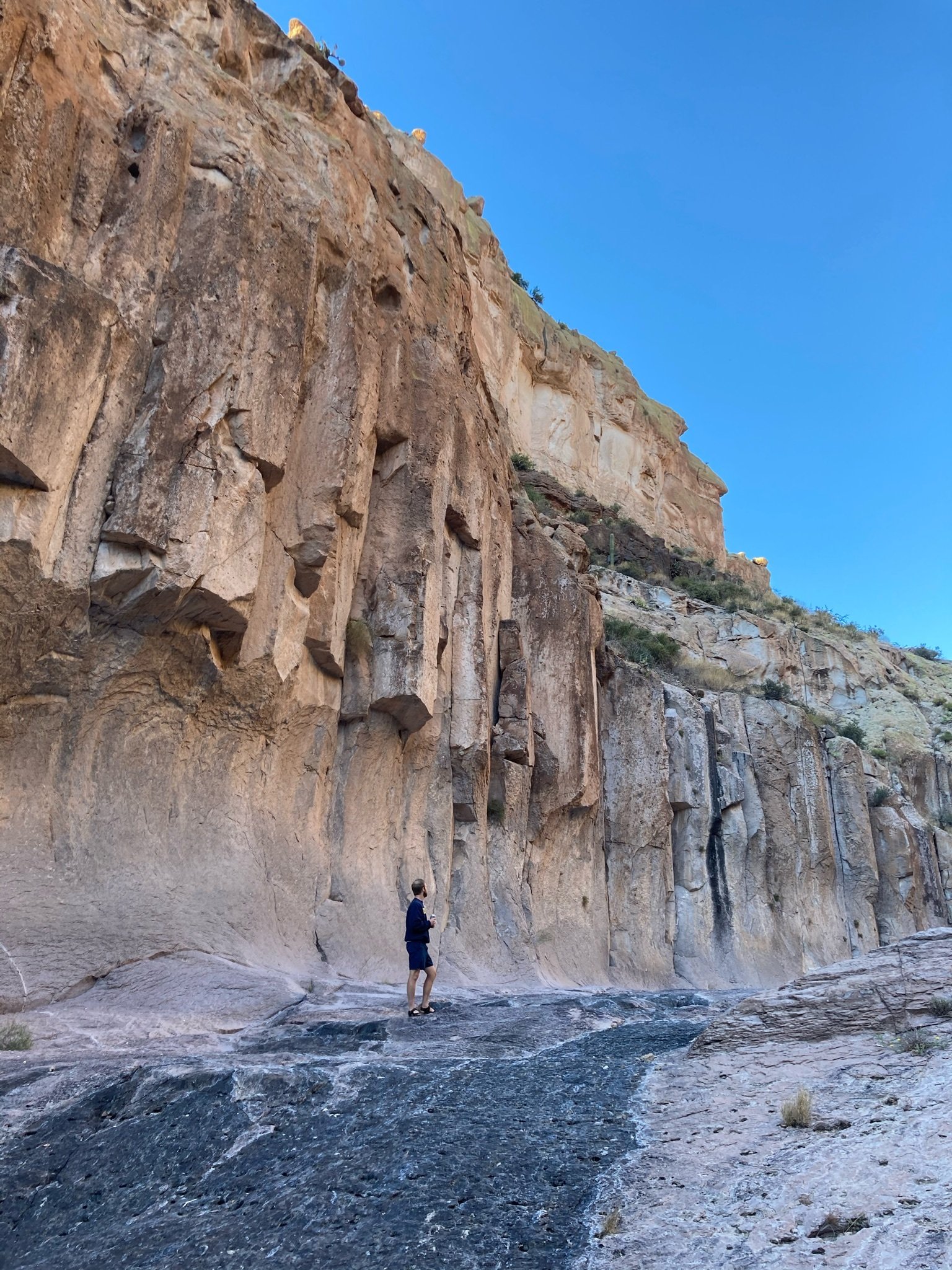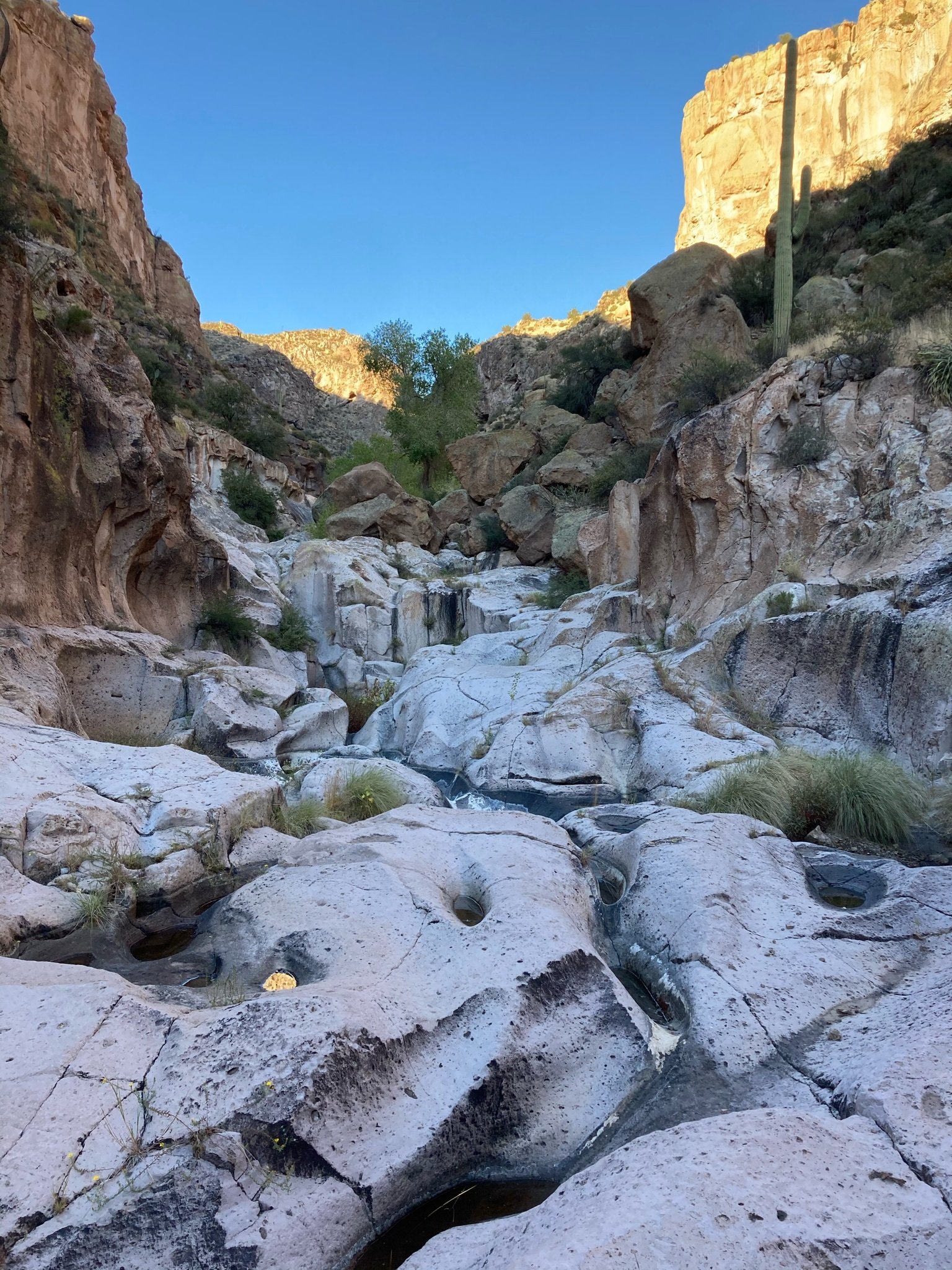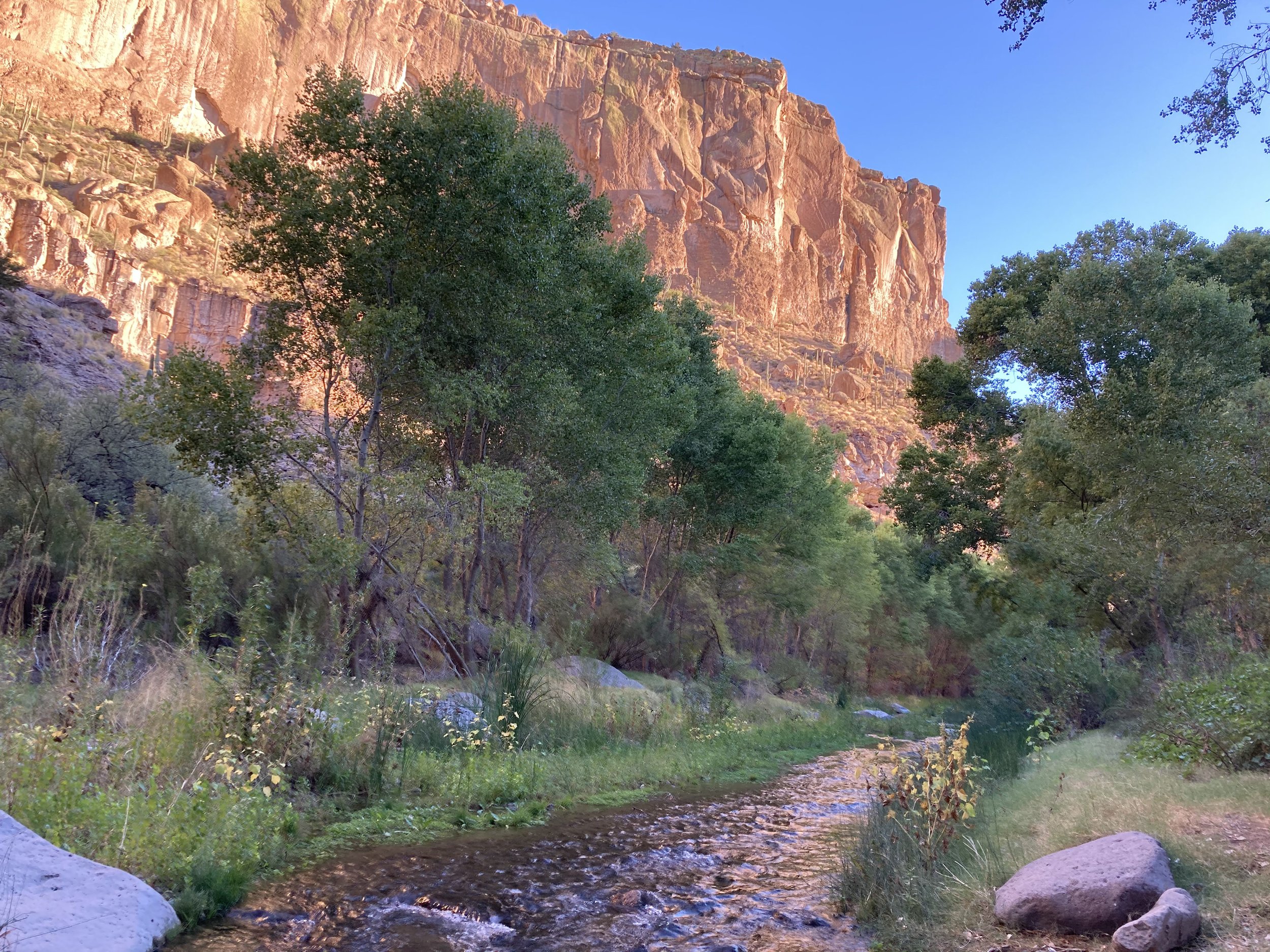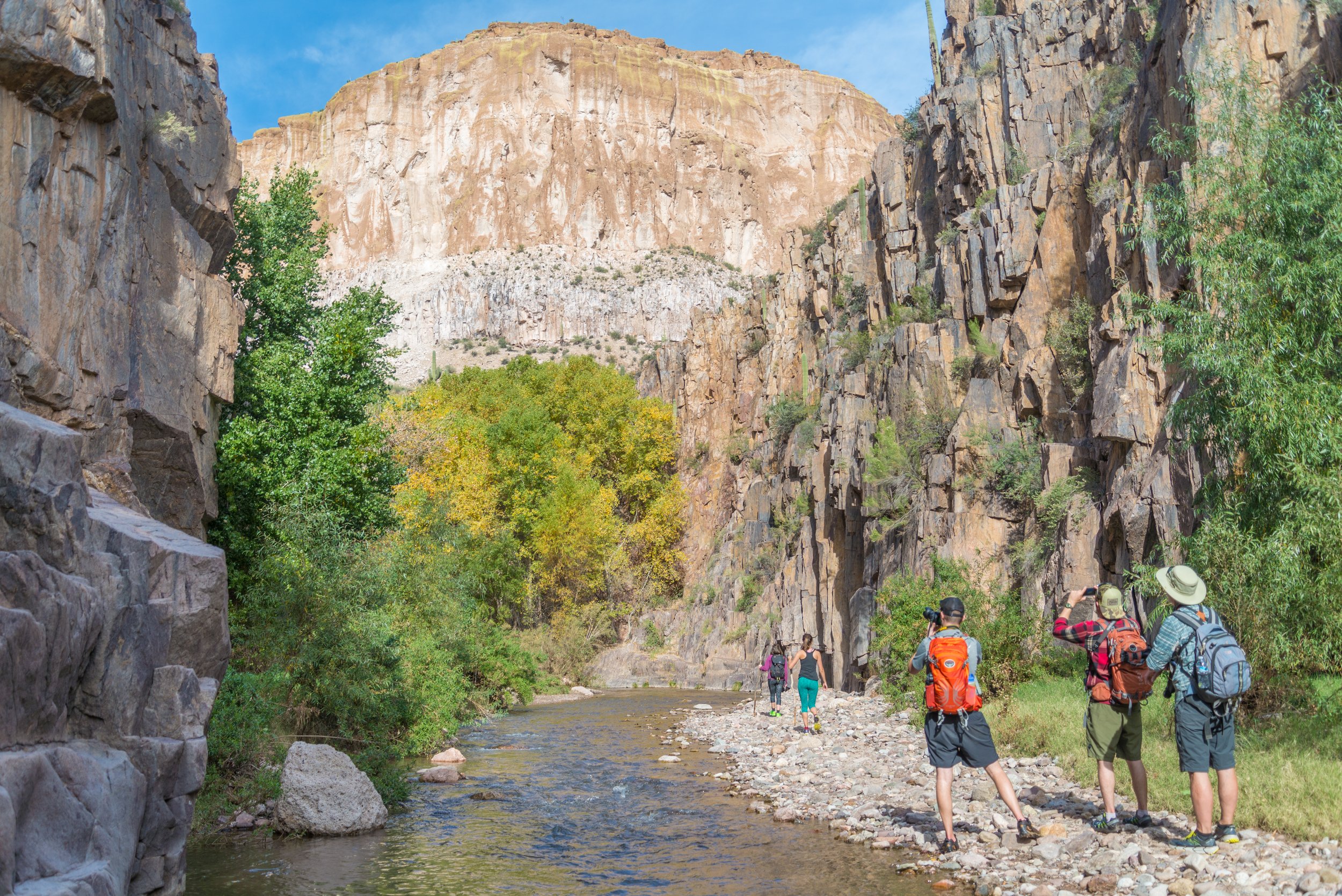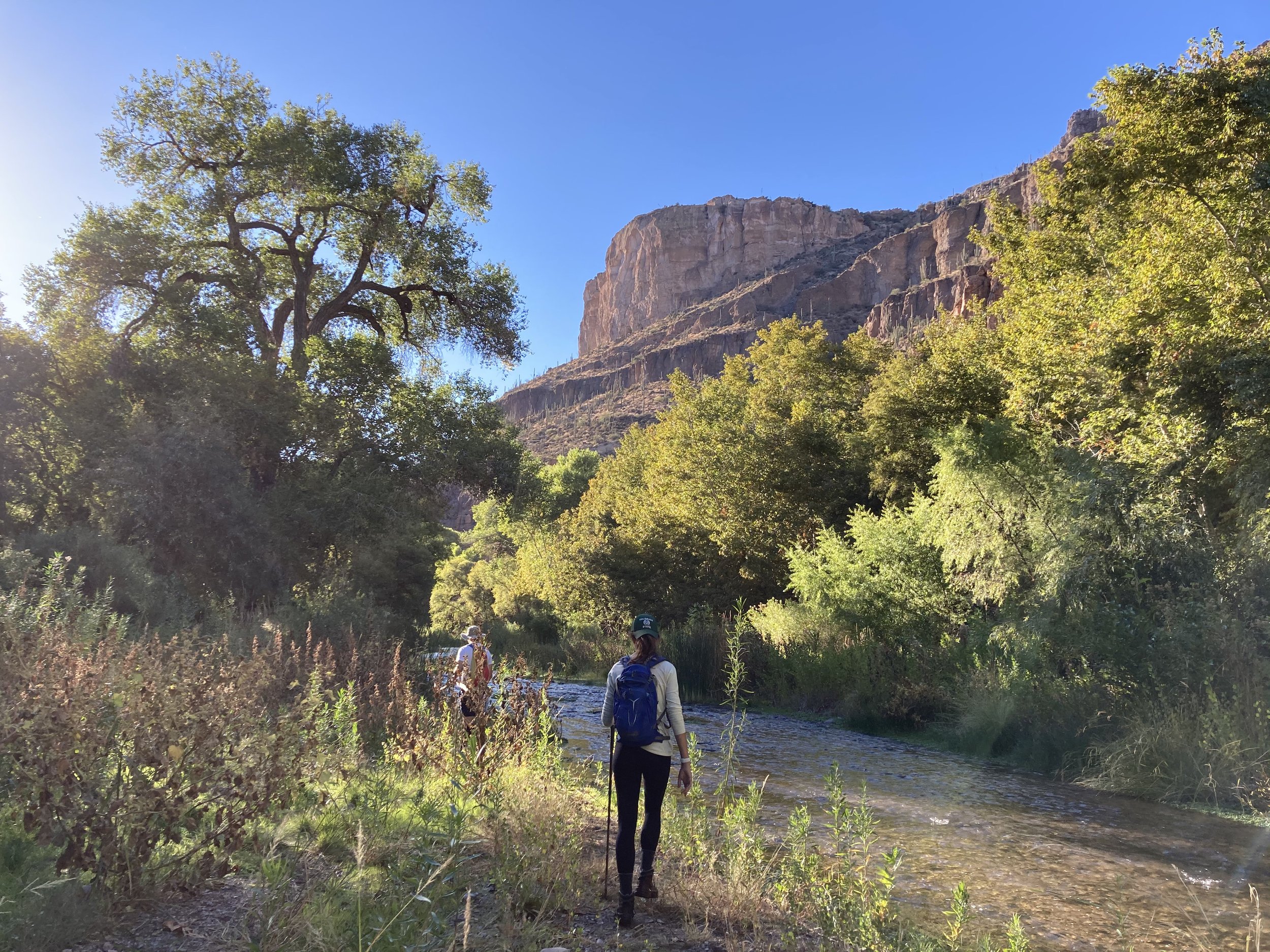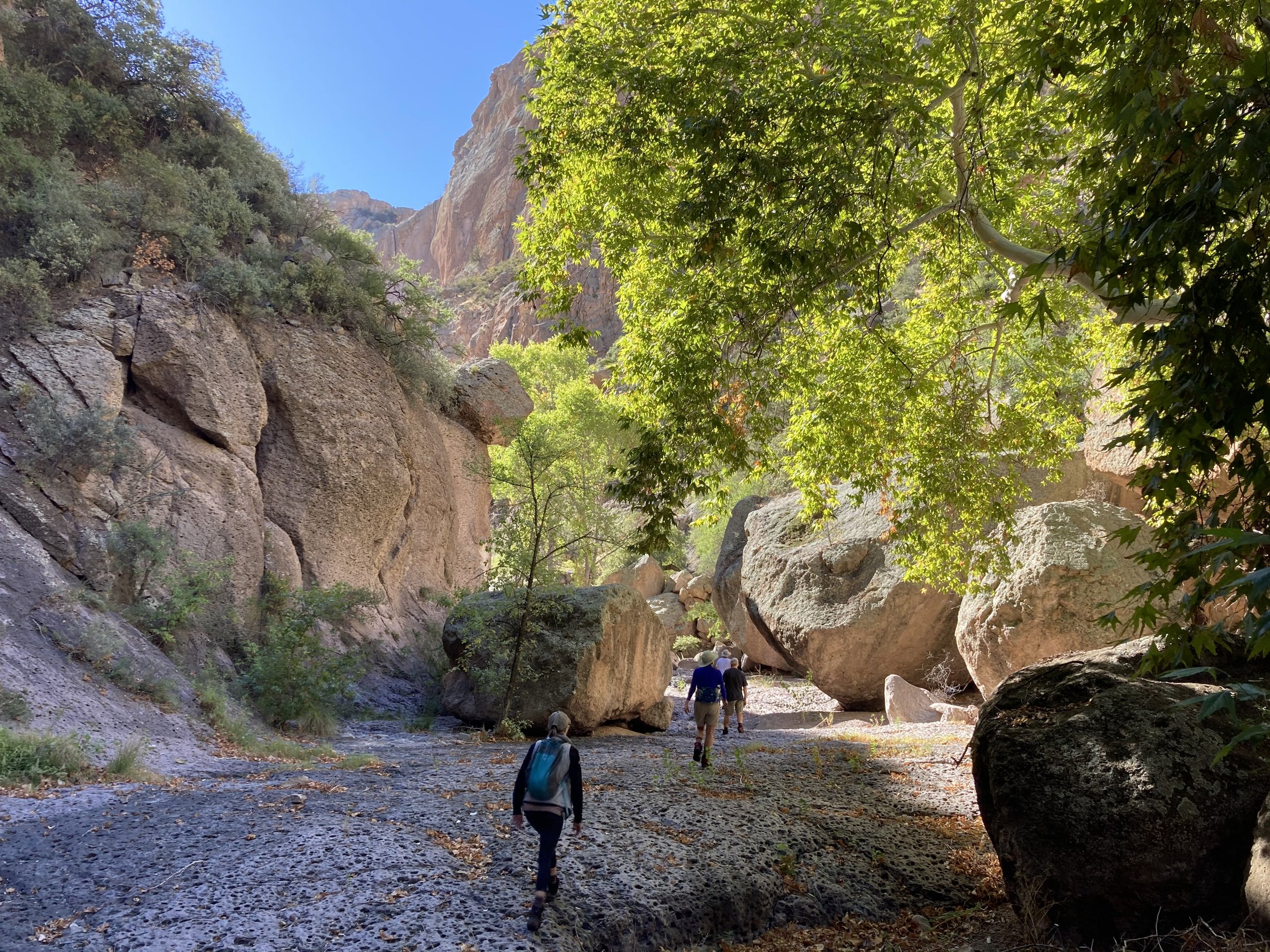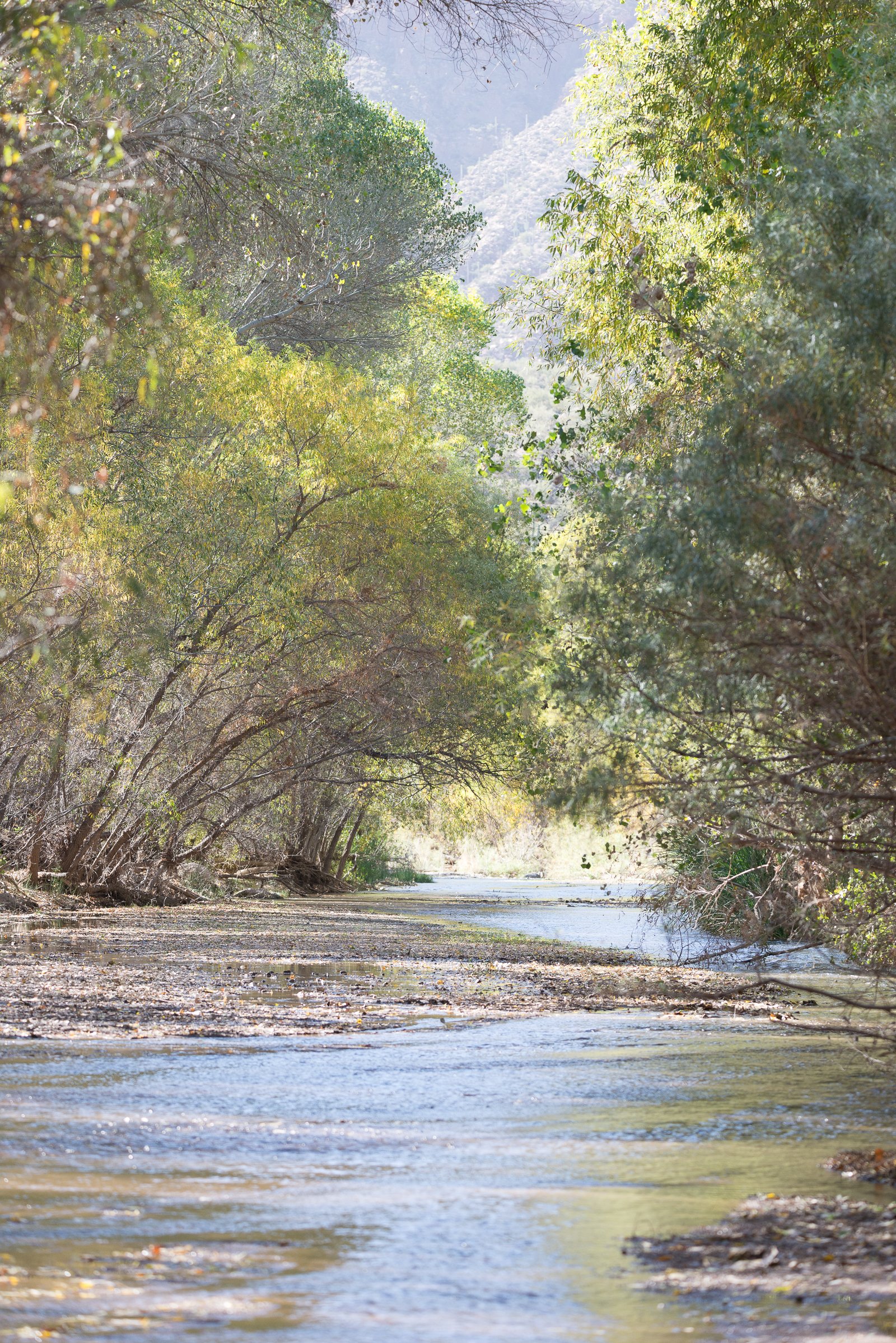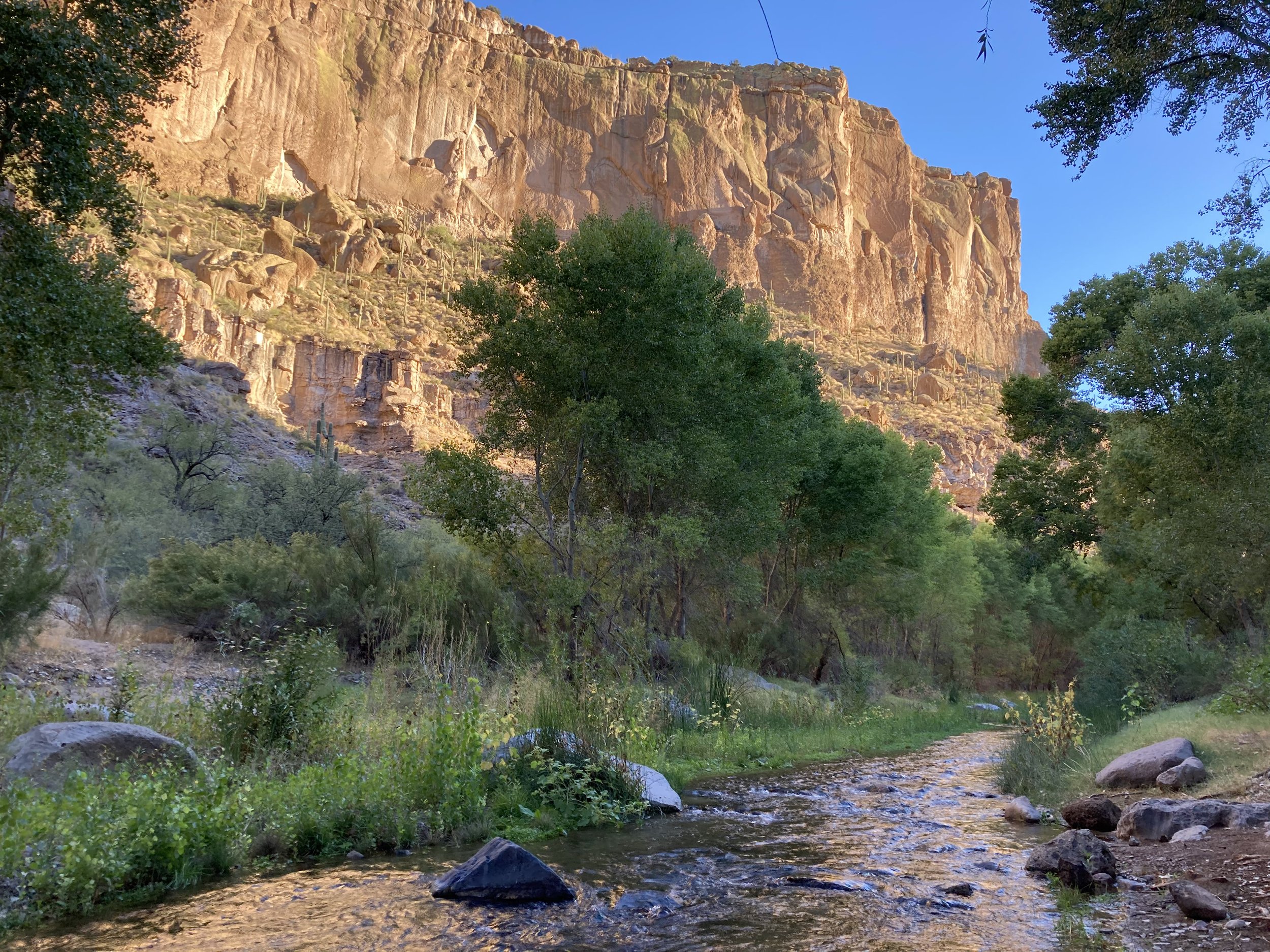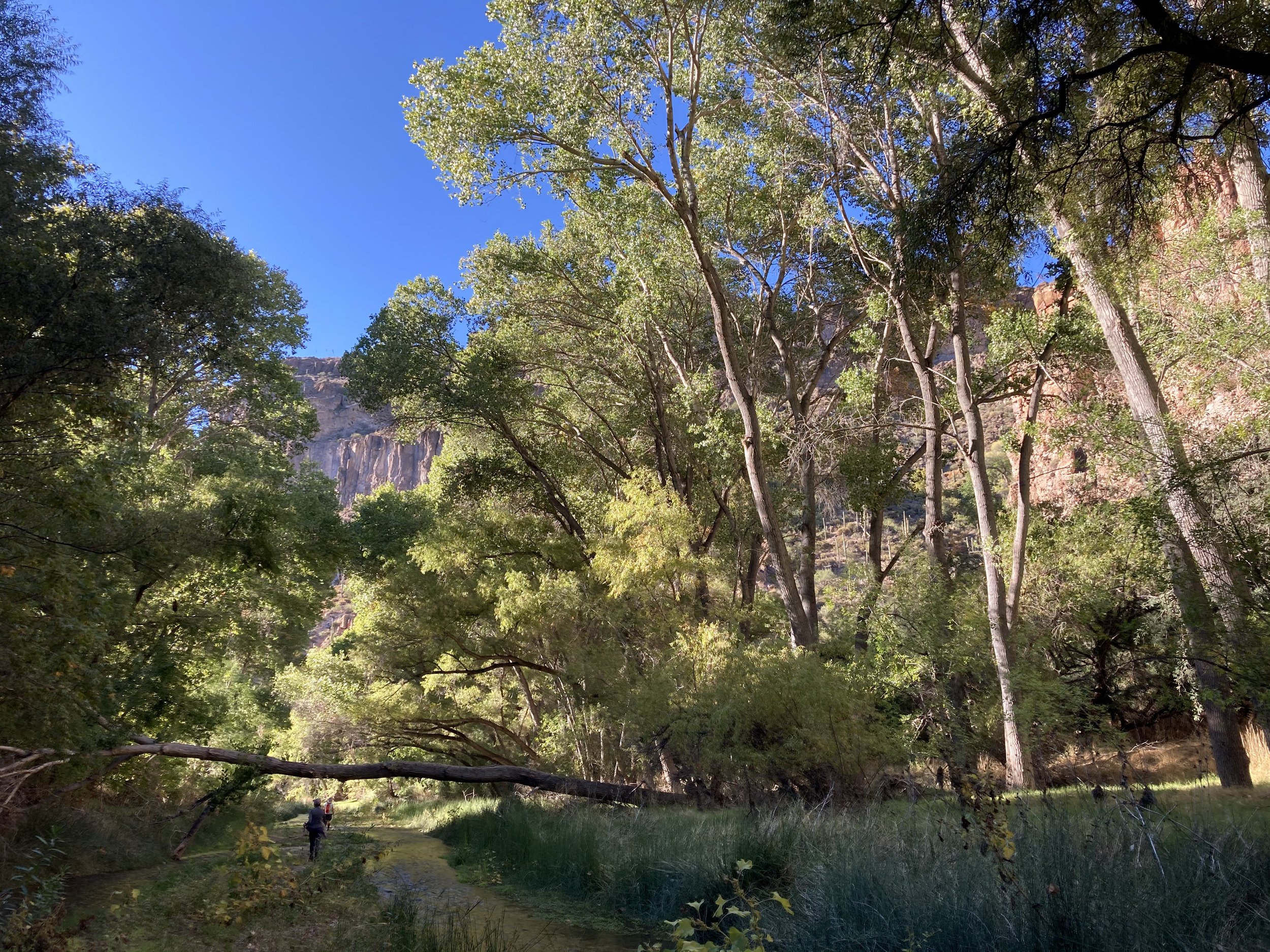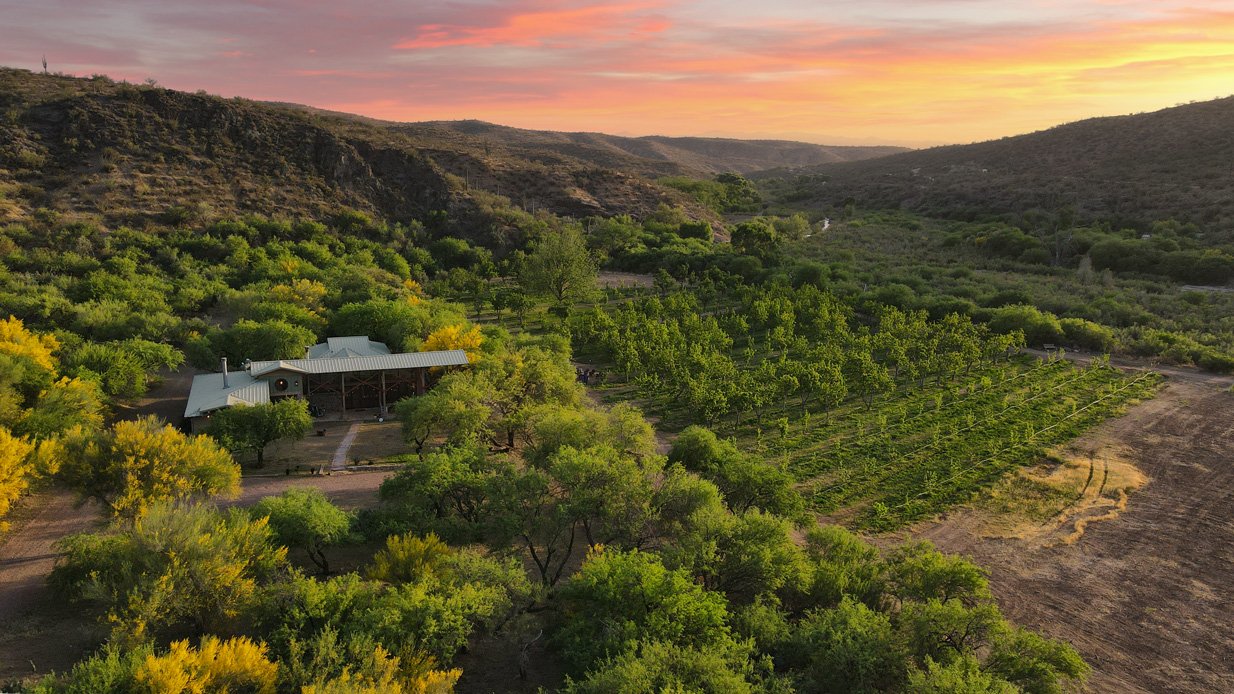
The History of Our Orchard & Inn
Once home to an Arabian horse ranch, Aravaipa Farms Orchard and Inn now boasts over 900 fruit trees and 8 rustic guest accommodations, each offering breathtaking views of the surrounding mountains framed by towering saguaro cacti.
This oasis in the desert is a 46-acre riparian retreat, nestled deep within the untamed Aravaipa Canyon of Southeastern Arizona—a land rich in indigenous history. With its Wild West spirit and connection to the cultures that once roamed the landscape, it offers a raw and unforgettable escape into the heart of the Sonoran Desert.
The Timeline
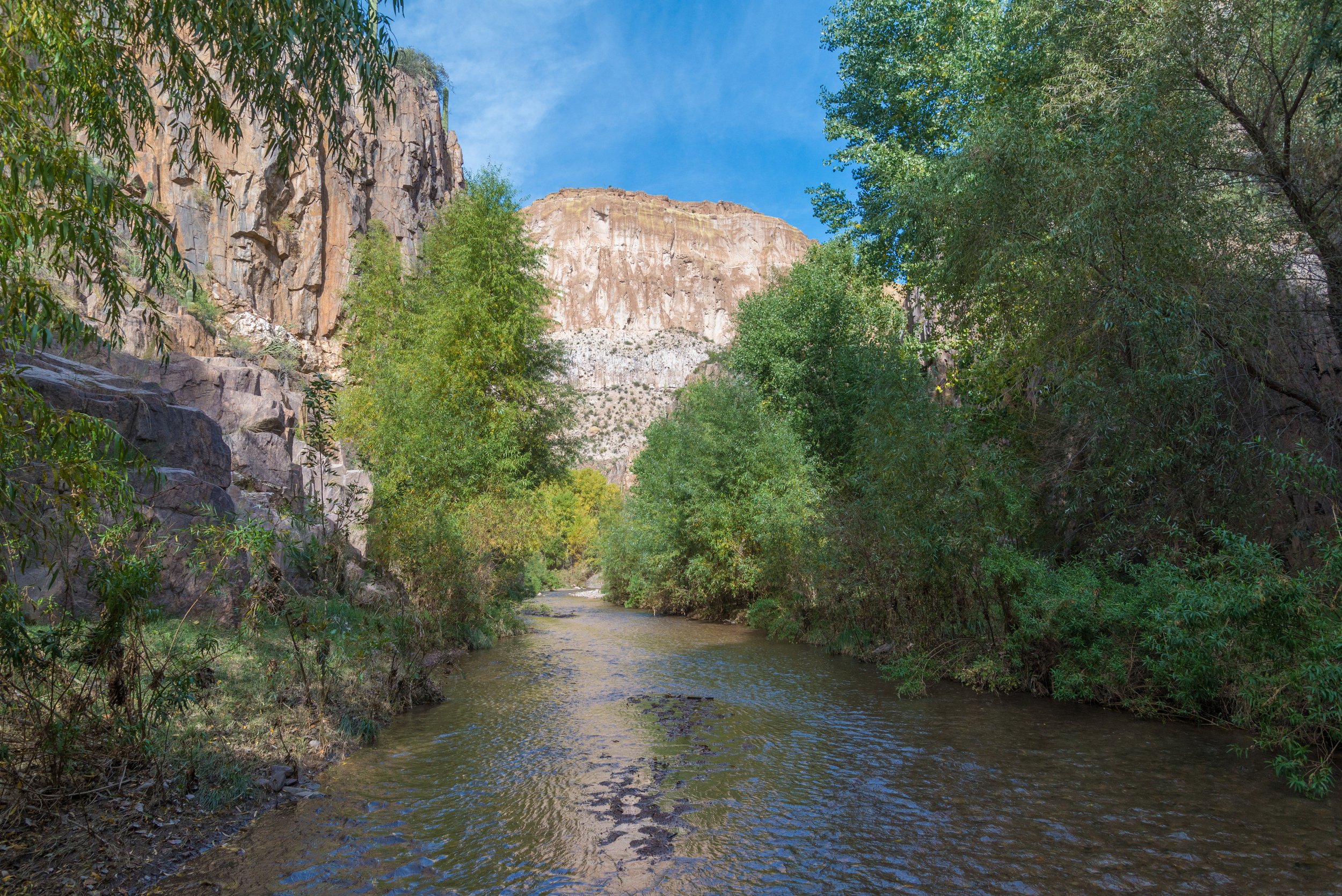
The History of Aravaipa
Aravaipa Canyon is more than a stunning natural wonder—it's a living testament to the past.
As you explore, you’ll encounter traces of the people who called this land home thousands of years ago. From prehistoric tools to remnants of early pioneers, these artifacts offer a glimpse into the area's rich history and are invaluable to archaeologists and historians. Please help protect this heritage by leaving artifacts undisturbed and respecting these sacred sites.
Early Inhabitants: The Archaic and Agricultural Cultures
The Aravaipa watershed has been inhabited for over 9,500 years, starting with hunters and gatherers during the Archaic Period. Later, the Mogollon, Hohokam, and Saladoan peoples settled here. The Hohokam and Salado were skilled agriculturalists, living in pithouse villages and maintaining a complex social structure. The canyon’s limited space made large-scale farming difficult, so these groups used the land seasonally, utilizing a variety of plants such as saguaro and prickly pear cacti, mesquite, oak, juniper, agave, and sotol. Hunting and fishing were likely also seasonal activities.
The Salado and Turkey Creek Cliff Dwelling
The Salado people left the canyon by 1450, but remnants of their culture remain. One of the most intact examples is the Turkey Creek cliff dwelling, located just 1.4 miles south of the east wilderness entrance. This site, likely inhabited by farmers around 1300 AD, offers a fascinating glimpse into their way of life. A trail leads visitors up to the structure, but please help protect this ancient site by refraining from climbing on the cliff walls.
The Aravaipa Apache
In the mid-1800s, the Aravaipa Apache tribe inhabited the canyon and Aravaipa Valley, nestled between the Galiuro and Pinaleño mountains. Their way of life was based on hunting, gathering, and some corn agriculture. They moved seasonally, collecting foods such as mescal, saguaro fruit, mesquite beans, pinyon nuts, and acorns. The Apache lived in dome-shaped brush dwellings and stored their food in round baskets.
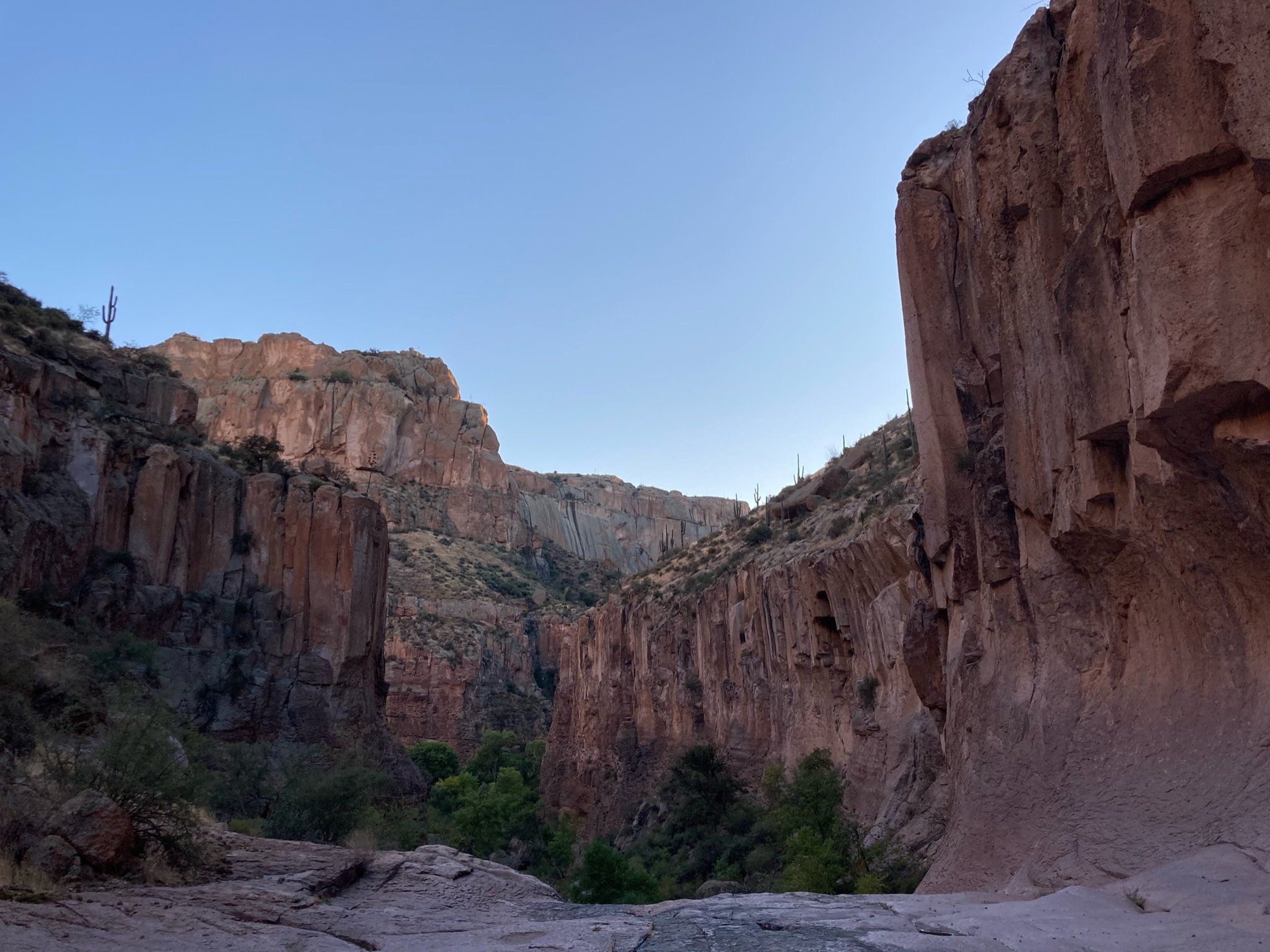
A Strategic Corridor: Spanish and Anglo Influence
During the colonial era, Spanish and Anglo settlers used Aravaipa Canyon as a travel route between Tucson and the Gila Valley. At the same time, the Apache used the canyon for raiding routes into Sonora. The Sobaipuri people, living to the west of the San Pedro River, provided a buffer for the Spanish against Apache raids. However, by 1762, the Apache raids became so frequent and severe that the Sobaipuri left the area, joining the Pima at San Xavier Mission in Tucson.
Camp Grant and the Apache Conflict
As tensions with the Apache intensified, Camp Grant was established in 1856 at the junction of the San Pedro River and Aravaipa Creek. In 1871, the Apache agreed to stop their raids and settle near the camp. However, that same year, the infamous Camp Grant Massacre occurred when Tucson citizens, along with Tohono O’odham people, attacked and killed over 100 Apaches in retaliation for continued raids. Following the massacre, Camp Grant was moved to the south side of Mount Graham in 1872 due to rising malaria cases. Soon after, 1,500 Aravaipa and Pinal Apache were relocated to San Carlos.
The Arrival of Settlers and Growth of Aravaipa
In the 1870s, Anglo and Hispanic settlers began arriving in Aravaipa Canyon, attracted by opportunities in mining, farming, and ranching. With the end of Apache hostilities, settlement increased in the 1890s, driven by short-term mining booms. The village of Klondyke grew into a central hub for the region, surrounded by ranches, farms, and mining ventures, and became the main distribution point for the eastern part of Aravaipa Canyon.
